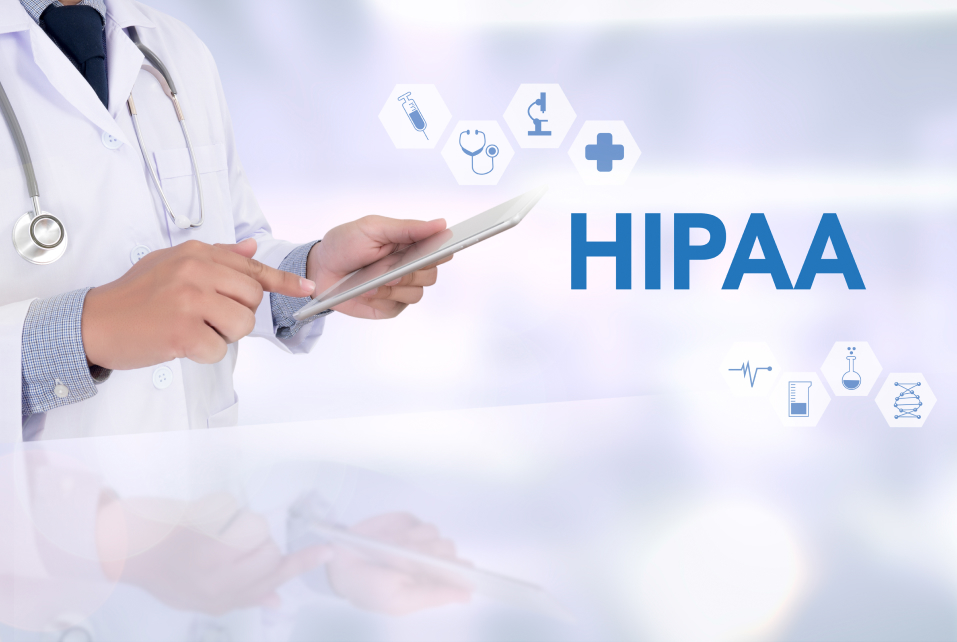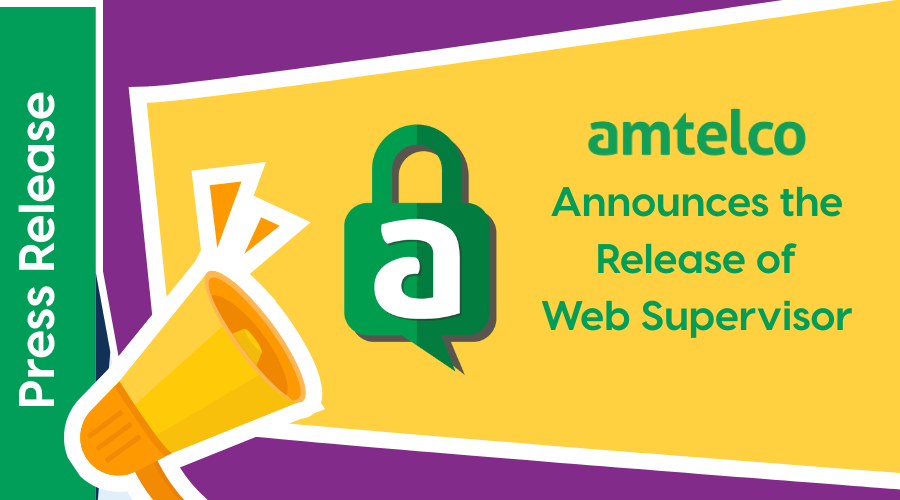As care teams become larger and are spread out over multiple sites, timely and accurate communication across the care continuum is more important than ever. But despite best efforts, technology meant to improve communication can become overly complicated and cause just as many problems as it solves. When communication falters or becomes too complex, patients suffer, staff experience burnout at higher rates, and patient satisfaction rates decline along with reimbursements.
Efficient, timely, and accurate communication in healthcare can literally mean the difference between life and death. That is why health care organizations, clinics, and staff must streamline communication.
Streamlining communication involves reducing the steps required for information to be received and understood by the intended person. When done correctly, streamlined communication leads to better patient care by getting the right message to the right person at the right time.
Causes of Inefficient and Ineffective Communication in Healthcare:
As more studies are conducted each year to discover how to reform healthcare in the US., improving and streamlining communication continues to rise to the top of the list of recommendations. But solving communication problems within healthcare is a highly complex issue involving multiple departments, decision makers, and technologies.
- Dated technology: Pagers, fax machines, old computer hardware, and programs built on 1960s computer language limit the quality and timeliness of messages and information that can be received.
- Siloed data: Accounting, on-call scheduling, patient health information, reimbursements and more are often entered and stored in disparate systems that don’t talk to each other.
- Lack of integration: Because data is siloed, physicians and nurses often spend more time on data entry than with their patients.
- Errors in data entry: Despite best efforts, errors are made, especially when data must be entered in numerous locations.
- Multiple physical locations: In an increasingly mobile environment, locating the person to speak with takes time, further delaying care.
- Misdirected, unopened or ignored messages: Follow-up phone calls are required to verify if a message has been received or to get a response.
All these inefficiencies add up to increased time that patients must wait to receive the care they need, increased risk of errors made along the care continuum, and increased frustration as care teams needlessly work harder to communicate pertinent information.
As these root causes of communication inefficiencies are addressed, the quality of time that care providers spend with patients can improve. Decisions impacting patient care will be able to be made more quickly, and staff can work more efficiently. Patient satisfaction rates increase as they experience shorter wait times and better care. As care improves, hospital ratings and reimbursements will follow.
How to Streamline Healthcare Messaging to Provide Better Care
- Make it mobile: Remove physical barriers to communication as much as possible by providing a mobile solution. Consider allowing staff to BYOD, so they can use a device they already carry and are familiar with.
- Keep it simple: Reduce the number of clicks, taps, and sign-ons required to send or receive a message. The more complicated a solution, the less likely it will be adopted.
- Make it secure: Providing staff with simpler, more direct means of communication will help to ensure HIPPA compliance and protection of PHI.
- Insist on integration: Integrating healthcare messaging with your EMR removes another level of data entry, reduces room for errors, and reduces the load on IT systems. Another perk — having the right person’s contact information at the ready for speedy communication.
One of the biggest ways a healthcare system can improve their communication is through integration. For example, an EHR integrated infusion pump can ping a nurse when it needs to be checked and alert the pharmacy of inventory requirements. An integrated messaging platform can inform a patient’s virtual care team in real time of any changes. Integrated systems can even simplify bed management and staff scheduling using AI algorithms to predict high volume times and alert staff accordingly.
Investing in a messaging platform that integrates and simplifies so many aspects of care is a solid return on investment across the board. Benefits of streamlined communication include:
- Improved patient experience with more timely patient care
- Fewer readmissions as patient needs are addressed in time
- Fewer errors in messages that are sent and received
- Higher team morale, staff satisfaction, and retention when staff are not bogged down by technology
- Reduced IT load when all messaging is brought under a single simple, secure platform
Improving communication in hospitals and clinics is about more than saving time and money. It’s about improving patient care and satisfaction while reducing staff burnout and turnover. Ultimately, streamlined communication saves lives by getting the right information to the right person at the right time.





